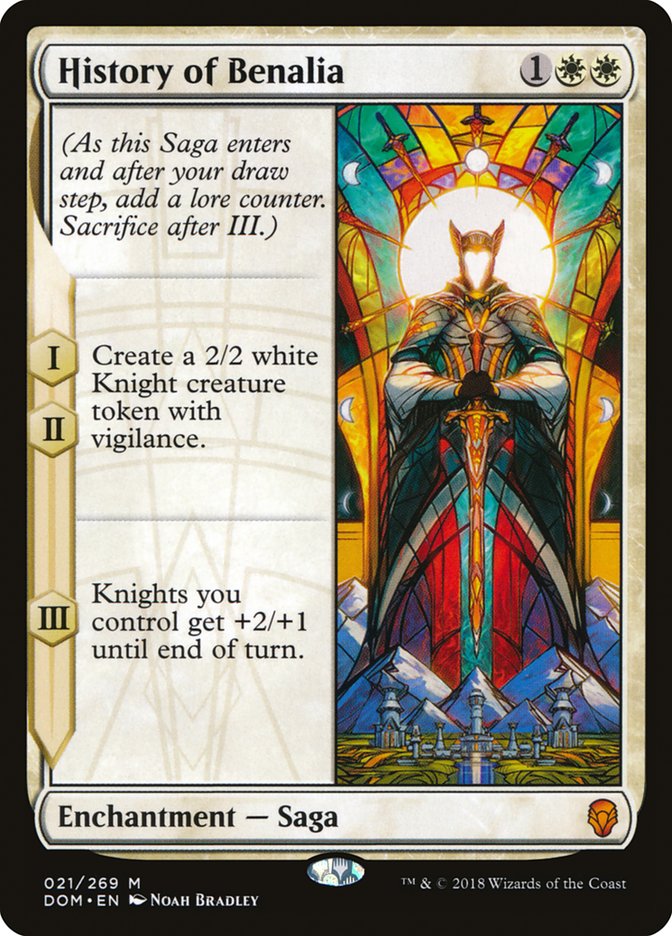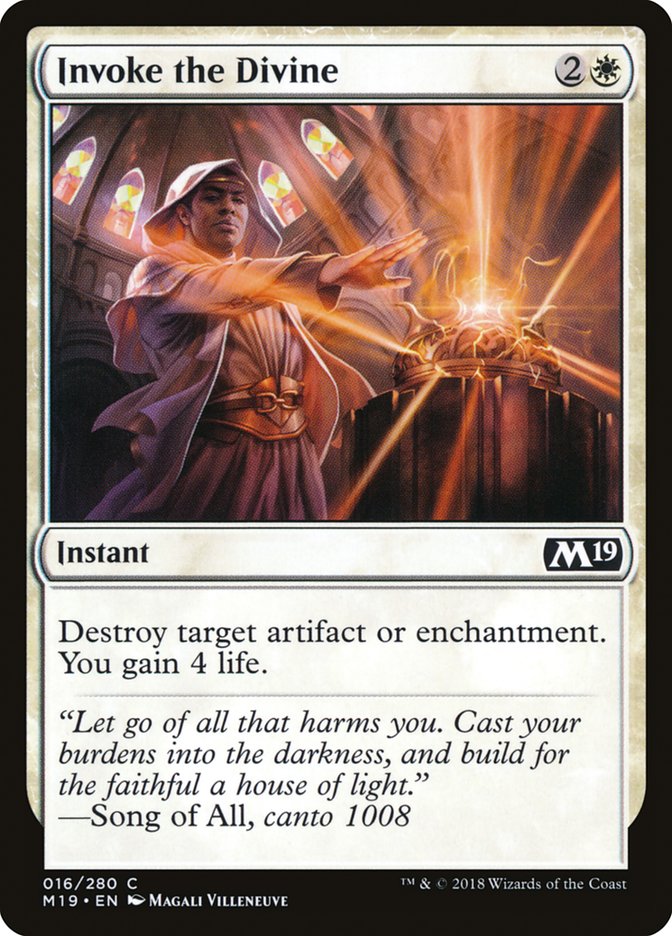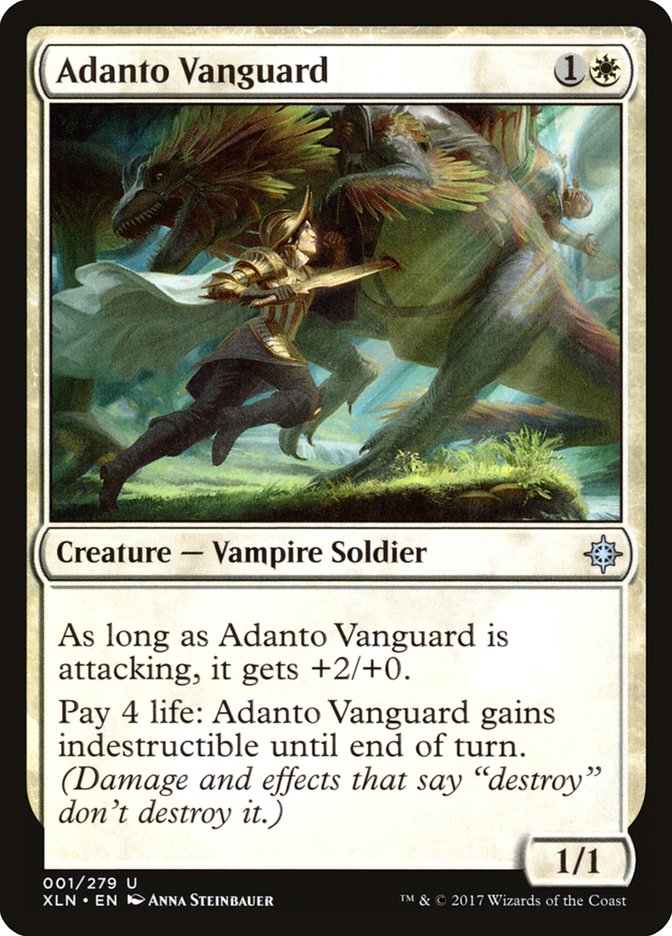I’m coming off a lackluster year of Magic performances. I missed Platinum
for the first time in four years, and the decks I’ve played at the last few
Pro Tours haven’t done well. I’ve been playing a little less Magic this
last year than I used to. It’s hard to know how much that matters, but it’s
likely enough. I’ve been excited to start playing more and trying my
hardest just because I enjoy playing on Arena a lot more than I’ve enjoyed
playing on Magic Online, and I’m really hoping to get some results to show
for it.
It’s been a long time since I’ve played my own deck, and this week, when I
found something I felt was promising, I really wanted to see what I could
do by just trusting myself. I played around with my deck for a while and
tried some of the better-looking decks from the PT, like Pascal Vieren’s
Izzet Drakes and Matt Nass’s Golgari Midrange, and I was winning more with
my deck. Just for fun, I decided to try playing my deck without discussing
it with anyone. Not necessarily the best recipe for success, but that
wasn’t my only goal. In my experience, people generally don’t have a lot of
advice for decks that are this different than what they’ve played and I
wasn’t confident enough to recommend it to anyone else.
Testing by myself on Arena, my sample sizes are all pretty small. On
Saturday, a few people asked how my matchup was against a certain deck and
I really didn’t know. I knew what my deck’s plan was against everyone, that
I had a chance, and how I needed the game to go, but I didn’t really know
precisely how often it would play out that way. This is everything I need
to know to play the tournament, but not what you need to know to decide
whether to play the deck, but that’s okay because I knew I wanted
to play it.
Okay, so let’s get to what I played, how I got there, and how it works:
Creatures (5)
Planeswalkers (2)
Lands (25)
Spells (28)

This deck was inspired by Ben Weitz’s deck from #PTGRN:
Creatures (21)
- 4 Siege-Gang Commander
- 4 Rekindling Phoenix
- 4 Dire Fleet Daredevil
- 4 Goblin Chainwhirler
- 3 Legion Warboss
- 2 Goblin Cratermaker
Lands (25)
Spells (14)

I liked the idea of using Treasure Map and Siege-Gang Commander with Arch
of Orazca and a bunch of removal and adding in Banefires to beat control
decks. I don’t like Goblin Cratermaker or Legion Warboss, and I think
Goblin Chainwhirler and Rekindling Phoenix weren’t especially well
positioned, as I think there aren’t a lot of x/1s and everyone has a lot of
ways to exile creatures.
I felt like it would be easy to splash in this deck, which has a high land
count and a lot of treasures and scrying if I was willing to forego Goblin
Chainwhirler, which of course, I was happy to do, as I didn’t think it was
particularly well-positioned anyway.
The most important white cards I wanted were History of Benalia, Defeaning
Clarion, and Adanto Vanguard, although I also love Invoke the Divine at the
moment.
I like History of Benalia more than the red threats because I like that it
plays well with Siege-Gang Commander at largely invalidating spot removal,
which I expected a lot of–especially Shock and Lava Coil, as I expected
Izzet Drakes to be very popular.
Defeaning Clarion seemed like the best way to make sure that I would beat
both the white-based Boros Aggro decks and the red aggressive decks that
people might play to trump the white deck.
Adanto Vanguard is critical to this deck’s strategy, as you definitely have
a bad matchup against control in game 1 – though you can steal it with
Banefire, especially in conjunction with Azor’s Gateway – but every card
that control decks play to answer Adanto Vanguard is horrible against the
rest of this deck. Seal Away is answering a two-power creature that I spent
less than a card on and is extremely risky to use on Siege-Gang Commander
since I can destroy it, and Settle the Wreckage is very dangerous to use
against me because my deck is extremely good at utilizing any amount of
extra mana. This means it’s very hard for control decks to answer an Adanto
Vanguard that comes down on turn 2, which makes it extremely easy for me to
end the game with a moderately-sized Banefire.
One problem with this plan is that it’s not terribly effective against
black control decks, but I didn’t expect those to be as popular as Izzet
and Jeskai, and at least they might have more trouble with cards like
Ixalan’s Binding (spoiler: I lost to Grixis).
The best way to explain the rest of the cards that I chose is probably just
to go over each of the matchups I expected and my plans against them, so
let’s get to that:
VS Jeskai Control
I guess I should start with Jeskai, since I’ve already touched on it. As I
mentioned, in game 1 I’m primarily leaning on Banefire, but I have to play
a game to get there. I’m really hoping to start with either two-mana
artifact, and I’m never in a hurry to cast my spells if my opponent has
three untapped mana – if they have four, I want to cast something so they
can’t Chemister’s Insight if they want to counter my spell. In general, I
must be content to play a long game because I can’t realistically end the
game quickly, and my card advantage is powerful but slow. The other thing
I’m looking to do is leverage my mana advantage – hit more land drops and
make more treasures. Use the threat of Treasure Cove and Arch of Orazca to
force them to act before casting spells that matter rather than running my
high impact cards into their counterspells.
The game is really all about patience. Don’t overextend, bide your time,
get a lot of mana, and ideally stick some card advantage engines and
contain their threats, then grind them out or win with Banefire. The more
Expansions they’re playing, the harder this will be – in general, their
proactive cards are a lot more problematic than their reactive cards.
Out:
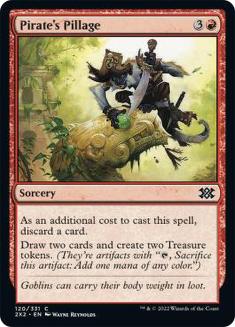
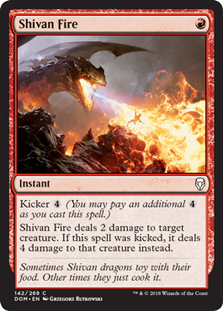

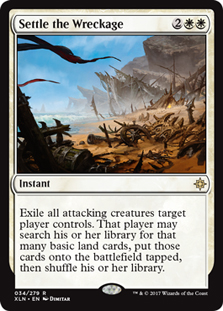

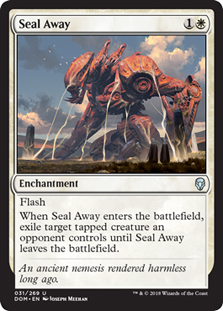
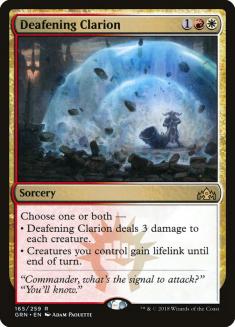



In:
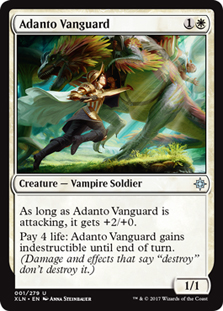



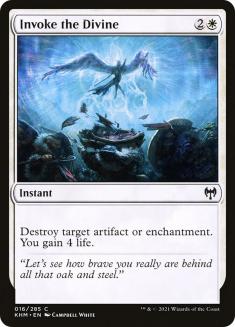

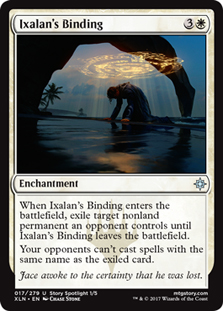

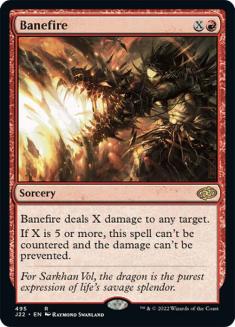

This isn’t exact, as you might want to vary things depending on how many
Drakes, artifacts, and enchantments you expect them to have. Lava Coil is a
questionable card, but I think you want it if you see any Drakes in the
first game and I think it’s generally safe to have the two Invoke the
Divines after sideboard as well. Pirate’s Pillage is awkward because it’s
horrible if it gets countered, but resolving it can be great so I’m happy
to cut it if I can, but I’d rather have it than a removal spell that isn’t
likely to work.
If you wanted to improve the matchup, shifting four-mana spells to more
Karn, Scion of Urza and fewer Pirate’s Pillages is probably better, but the
biggest improvements you could make would be playing more Azor’s Gateways
and Banefires in the maindeck or sideboard. Additional Ixalan’s Bindings
would also be welcome. There’s actually an argument for siding into four
each of Azor’s Gateway and Banefire, replacing the Adanto Vanguards, but I
think that plan would be worse against Izzet Drakes, where you also use the
Adanto Vanguards.
Game 2 is very similar to game 1, except that you have ten great cards to
play on turn 2 instead of six, so you really want to mulligan for one of
them. Adanto Vanguard can sometimes steal games.
VS Golgari Midrange
Given that you’re largely trying to play control even against Jeskai, where
your inevitability is fairly questionable, it’s safe to assume you’re
almost always going to be playing the control role and Golgari certainly
isn’t an exception. Deafening Clarion and History of Benalia are just
looking to trade with around two of their early threats, and you’re
basically just trying to stay alive to cast Cleansing Nova or Star of
Extinction. Banefire and Siege-Gang Commander are primarily tasked with
controlling their planeswalkers. Never go out of your way to transform
Azor’s Gateway as it’s too likely they’ll destroy it first; just use it to
get rid of cards you don’t want. Pay attention to when you need to activate
Treasure Map on turns 3, 4, and 5 so that you can Star of Extinction on
turn 5 (which can be worth it even though it costs all your Treasure).
They’re built to grind, but a lot of their grinding comes from exploring,
which encourages them to overextend. Your card advantage is more reliable
(especially Arch of Orazca), and your sweepers can generally answer several
of their cards.
In general, you can afford to go to a very low life total here, as they
don’t really have reach.
Out:
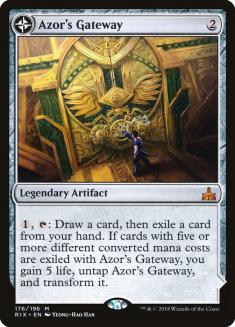



In:
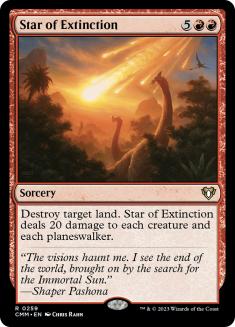

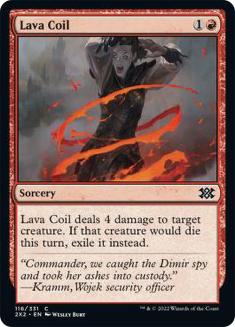

You can’t realistically cut all your artifacts and enchantments, but you
can try to minimize your exposure to their planeswalkers that can destroy
them, and Azor’s Gateway isn’t important to your plan anyway. The games are
much harder after sideboarding because Duress is so good against you
because so much of your game is about setting up for a big sweeper. I beat
Golgari once in Milwaukee but then lost to another Golgari player who had a
lot of Midnight Reapers in addition to Duress, which was extremely good
against my gameplan.
If you wanted to improve your Golgari match (with this or basically any
other red deck), the best cards you could add are more Star of Extinctions
and more Pirate’s Pillages. Pirate’s Pillage really impresses in this
matchup, and I think it might even be a card Jeskai could consider
sideboarding to improve their Golgari Matchup.
VS Izzet Drakes
As always, you’re just treating them as an aggro deck in game one. They
don’t have counters or sweepers so your threats are all pretty good. You
should cast them as soon as you can and then kill as many of their
creatures as you can while attacking them. In some ways, this is the
matchup where you’re most aggressive, just because you can’t really block
and they can’t answer your threats well, so you’re kind of racing.
Out:





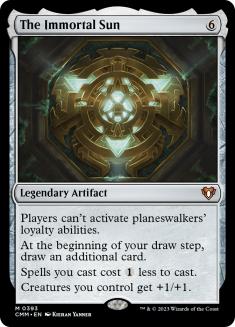


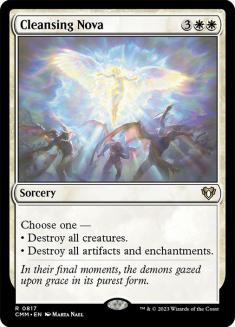

In:








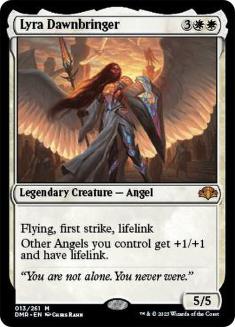

You should improve a lot after sideboarding, as the cards you’re cutting
are absolutely terrible, and the cards you’re bringing in are great.
You might want another Lyra depending on how you think they’re
sideboarding. Even though Beacon Bolt is very bad against your creatures,
I’d kind of expect them to have it in so I’m not excited about it, but all
the cards you’re cutting are worse. If you wanted to improve the matchup,
more Ixalan’s Bindings would be the best cards you could add, followed by
Lava Coil, which is better than Seal Away because you can play it as soon
as they tap out and you can play it if they’re trying to block. This is a
lot more important than being able to answer a haste creature, especially
since the deck is generally moving away from Maximize Velocity.
VS Boros Aggro
This is a very good matchup. Siege-Gang Commander is fantastic against them
as are all your sweepers. Your card advantage stuff is slow, so you can
lose by drawing the wrong part of your deck, especially if you don’t know
what you’re playing against. Adanto Vanguard is their scariest card,
because sometimes you just lose to it because you’re playing red removal.
Therefore, I have Seal Away instead of only Lava Coil. I also have Settle
the Wreckage and Siege-Gang Commander, which is the actual best way to deal
with it. You’re really just trying not to die in game 1 (in case that isn’t
obvious).
Out:
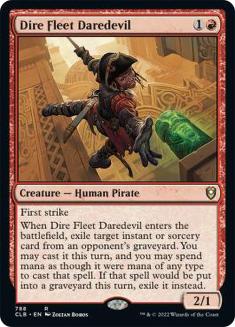









In:










It feels pretty rude to improve your deck this much in sideboarding against
them. Invoke the Divine is secretly one of the best cards against most
builds of Boros Aggro after sideboarding, since answering Conclave Tribunal
and Experimental Frenzy is so important, and hitting History of Benalia
isn’t bad. There are serious diminishing returns and it’s possible the
third copy would improve your matchup, but I don’t think that’s necessary
and wouldn’t recommend it. Closing the game is important so that they don’t
randomly Banefire you. Lyra’s good and it’s possible the best card you
could add to your sideboard for the matchup is the fourth Siege-Gang
Commander.
VS Mono-Red Aggro
This is scarier than the white matchup because you don’t always end the
game quickly and they can burn you out. Consider trying to save Deafening
Clarion to use the lifelink mode to get out of range if you can stabilize
early with other cards, even if you must use more cards to do it. Because
your lifegain is limited and they have reach, you really want to do
everything you can to preserve your life total and then end the game fast.
Out:










In:










Sideboarding here is very similar to against Boros Aggro – Invoke the
Divine is great. They probably have Experimental Frenzy, and there’s a
small chance they have Treasure Map, but honestly, it’s pretty nice to have
it just in case you need to destroy your own thing to gain four life.
This matchup is a little close but favorable. If you wanted to improve it,
oddly enough, I’m pretty sure the best card you could add would be Healing
Grace followed by Fountain of Renewal – your lategame is already great, and
these cards are better than Lyra because it’s possible for the red deck to
kill you before you get to attack with Lyra. Both Healing Grace and
Fountain of Renewal make it very easy to win by answering their creatures
and keeping a high life total. Fountain of Renewal is better than Healing
Grace if your draw it in your opening hand, but I think the fact that this
deck sees so many cards means the card that’s a better topdeck is probably
better. Healing Grace is twice as much life as Revitalize for one less
mana, and drawing a card really isn’t what you need in this matchup.
VS Mono-Blue Aggro
This deck isn’t that popular, so I haven’t played it much (I’m not
technically sure if I’ve ever played it, to be honest). They’re an aggro
deck, you’re trying not to die, etc.
Out:








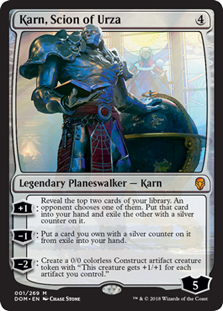





In:














You’re bringing in almost your entire sideboard here. You’re cutting all
your most expensive and slow spells. Racing with Adanto Vanguard and
History of Benalia is a good plan. Do everything you can to kill their
creatures that matter, and try not to get too destroyed by their
counterspells.
I believe those are the most common matchups. In general, the tricky
decisions you’re going to face are mostly about how to prioritize using
your mana for your artifacts versus playing your spells. In general,
playing off curve to activate Treasure Map is worth it, but wasting an
entire turn to do it generally isn’t (though things get weird against
counterspells).
The deck is a blast to play if you like grindy games where you eventually
win in spectacular fashion after building a battlefield that lets you draw
three cards a turn or so. It has a lot of play to it and just enough
pressure to randomly juke aggro and steal games while generally trying to
grind.


